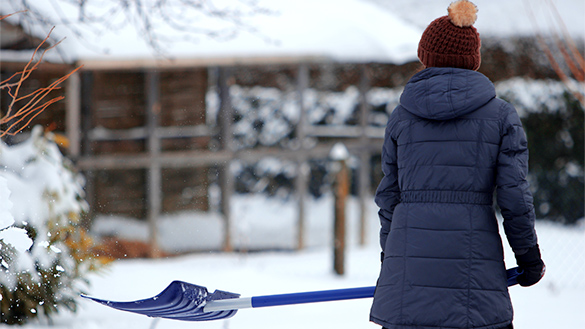Minds On
At the bookstore

A book lover is going to the bookstore. They buy a comic book for themself and a sticker for their friend. The total cost is $11.
The comic costs $10 more than the sticker. How much does the sticker cost?
There are a few things we need to find out for this word problem:
- What is the variable (the unknown)?
- What is the multiplier (what is changing in a question and affected by the variable)?
- What is the constant (what is staying the same)?
- What is the total (can be a goal, a price, a length, % etc.)?
After finding out this information, the algebraic equation can be written like this:
(multiplier) × (variable) +/− (constant) = total
For example, 3n − 8 = 7
Make note on how an algebraic equation is created using these 4 elements.
Action
Mathematical modelling
Examine these steps to mathematical modelling:

The process of mathematically modelling a real-life situation involves four interconnected steps. Arrows indicate that steps may be revisited or revised during the process. Step 1: Understand the Problem. What questions need answering? What information is needed? Step 2: Analyze the Situation. What assumptions do I make about the situation? What changes and what remains the same? Step 3: Create a Mathematical Model. What representations, tools, technologies, and strategies will help build the model? What math concepts and skills might be involved? Step 4: Analyze and Assess the Model. Can this model provide a solution to the problem? What are alternative models?
Task 1: Practice with a word problem
Let’s practice the mathematical modelling process.
Create an algebraic equation based on the following word problem:
Coffee shop savings

A coffee shop employee wants to save up for a new headset.
They have decided to shovel driveways in their neighbourhood to reach their goal.
They charge $10 a driveway.
The headset costs $90 and they have $20 saved up at this moment.
How many driveways does the coffee shop employee need to shovel to reach their goal?
Record your response digitally, orally, or in print.
Task 2: Word problems
Complete the following word problems to demonstrate your understanding of creating algebraic equations. You can use the fillable and printable Task 2: Word Problems document to record your strategies and responses. You can also complete this activity in your notebook or use another method of your choice.
Be sure to include the following information in your response: multiplier(m), constant(c), variable (v) and total (t) and an algebraic equation.
- A contractor is laying interlocking brick on the driveway. They have 5 bags of bricks and 4 extra bricks. They have 64 bricks total. How many bricks are in a bag?
- Madeline is renovating her bathroom and kitchen. She estimated she would need 10 kilograms of grout. She bought 3 big bags of grout and a small bag of grout which weighed 1 kilogram. What is the mass of each big bag of grout?
- A college graduate is planning to mow lawns as a summer job. They want to earn $910 to buy a new computer for grad school. They estimate they will spend $100 for gas for the mower. If they charge $15 per lawn how many lawns will the college graduate need to mow to afford the computer?
Press the ‘Activity’ button to access Task 2: Word Problems.
Consolidation
Practice problems
Question 1

Consider the following word problem:
A student wants to buy supplies for a project. They have $35 to spend. If they buy 5 items and also pay $3.50 to take the bus, how much could each item cost?
Find the following for the word problem:
- What is the constant?
- What is the variable?
- What is the total?
- And what is the multiplier?
Use the information provided to help you find the cost of each item.
Record your response digitally, orally, or in print.
Question 2
Create an algebraic equation and solve it.
Record your strategies and responses digitally, orally, or in print.
Question 3
Create a word problem that you can also represent as an algebraic equation.
Be sure to identify the constant, variable(s), multiplier, and total.
Record your strategies and responses digitally, orally, or in print.
Review your learning
Reflect on your current understanding of algebraic expressions.
- What were some strategies that you used as you worked through the activities in this learning activity?
- What are some skills that you want to continue to develop?
Reflection
As you read the following descriptions, select the one that best describes your current understanding of the learning in this activity. Press the corresponding button once you have made your choice.
I feel...
Now, expand on your ideas by recording your thoughts using a voice recorder, speech-to-text, or writing tool.
When you review your notes on this learning activity later, reflect on whether you would select a different description based on your further review of the material in this learning activity.